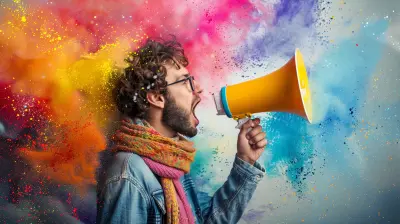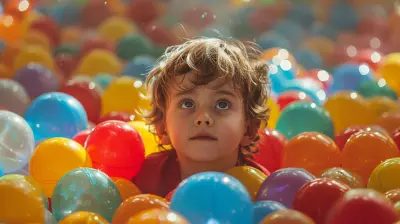How to Use Mind Mapping for Language Vocabulary
17 August 2025
Ever feel like you're trying to build a house of language skills, and your vocabulary is made of wobbly Jenga blocks? You're not alone. Building a strong vocabulary bank in any language can be tough—even overwhelming. But what if there was a fun, creative, and super-effective way to make it easier?
Enter: mind mapping.
No, it’s not some mysterious psychological trick. It’s actually a simple and powerful learning tool that can make picking up new words feel like piecing together a puzzle rather than climbing a mountain.
So, if you're tired of boring vocabulary lists and feel like your brain immediately forgets new words, keep reading. This might just change the way you learn languages forever.
What is Mind Mapping?
Before we dive into how mind mapping can improve your vocabulary, let’s get crystal clear on what it actually is.A mind map is a visual diagram used to organize information. Think of it like a tree. You start with one main idea in the middle (the trunk), and then you branch out with related ideas, words, or images (the branches and leaves). It’s colorful, creative, and gives your brain something to hold onto.
Instead of boring bullet points, you’re connecting dots in a visual, memorable way. And guess what? That’s exactly how our brains love to work.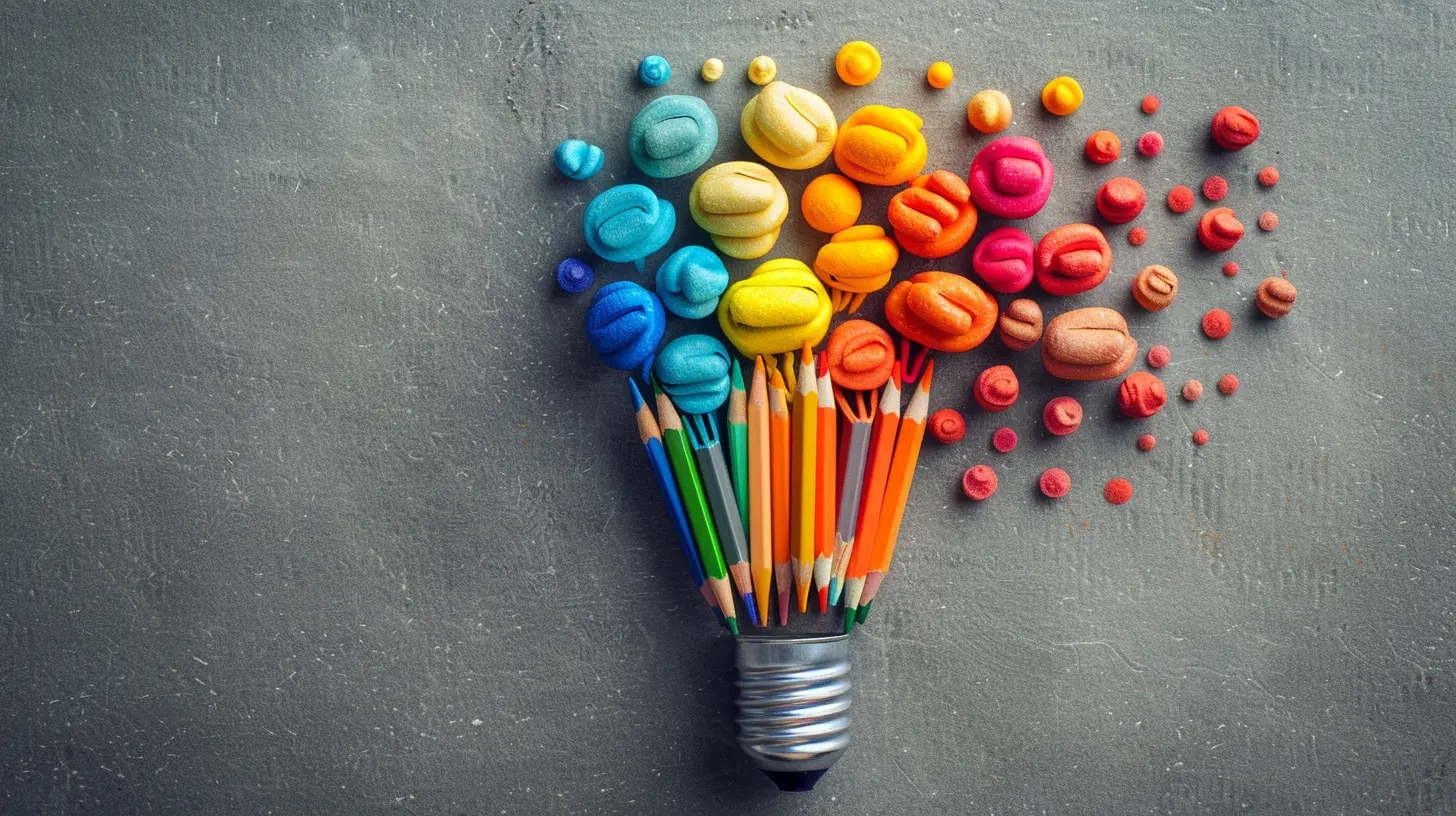
Why Mind Mapping Works for Language Learners
Let’s be real—our brains aren't wired to memorize endless word lists. But they are wired for patterns, associations, and visual images. That’s where mind mapping comes in.Here’s why it works so well:
- It builds connections. Instead of learning words in isolation, you connect them with related meanings, synonyms, antonyms, and example contexts.
- It turns passive learning into active learning. You’re not just reading; you’re creating.
- It’s visual. That means your brain can retain the information better.
- It’s personalized. You can use images, colors, and layouts that make sense to you.
In short? It’s like giving your brain a treasure map, not a boring GPS.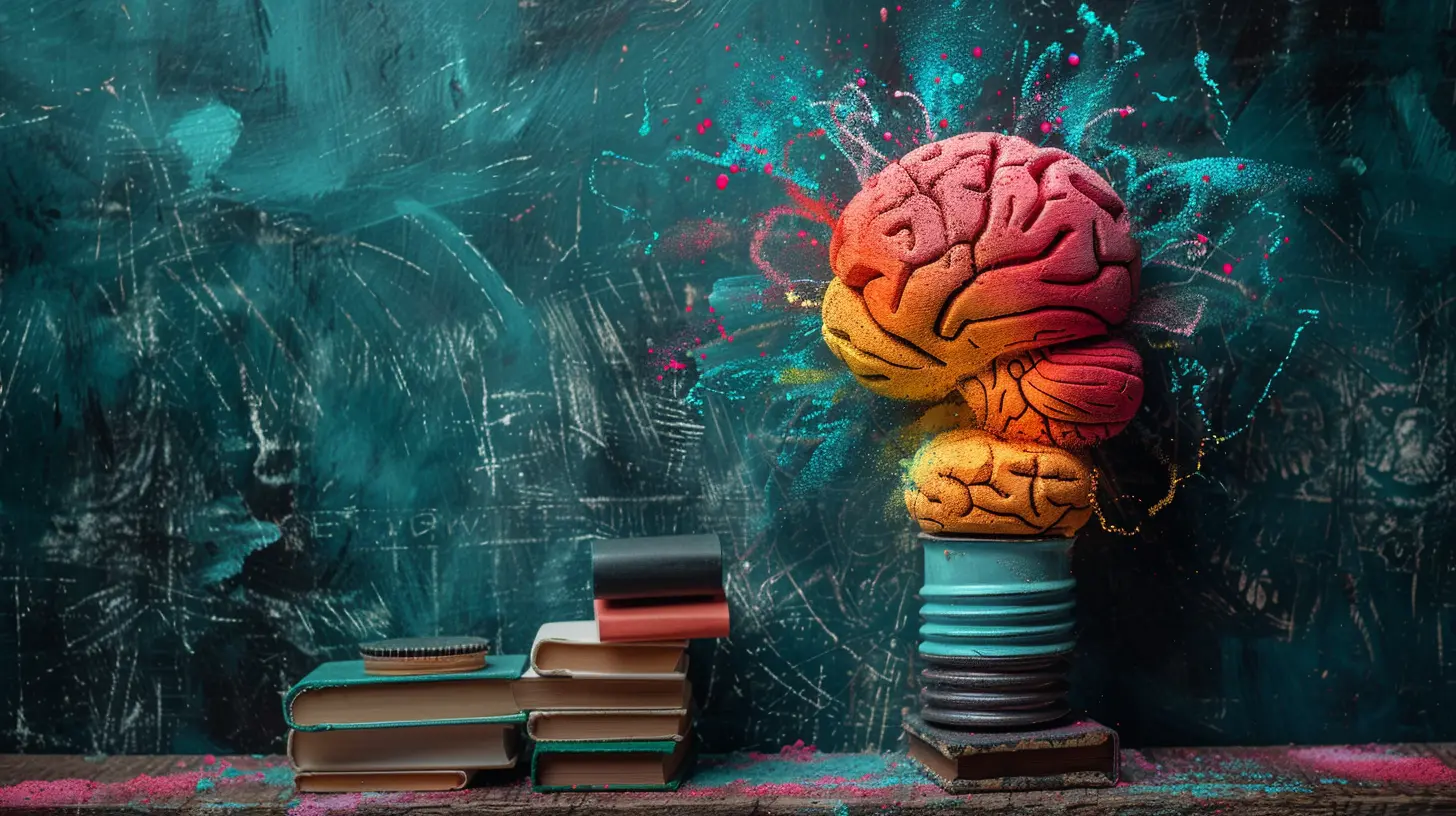
Getting Started: What You’ll Need
The beauty of mind mapping is that you don’t need anything fancy. Here’s all you need to get started:- A blank piece of paper or a notebook (unlined works best)
- Colored pens or markers for creativity
- Or, a digital tool like MindMeister, XMind, or Canva if you prefer tech
That’s it. No expensive software. No 300-page textbooks. Just your imagination and a willingness to try something new.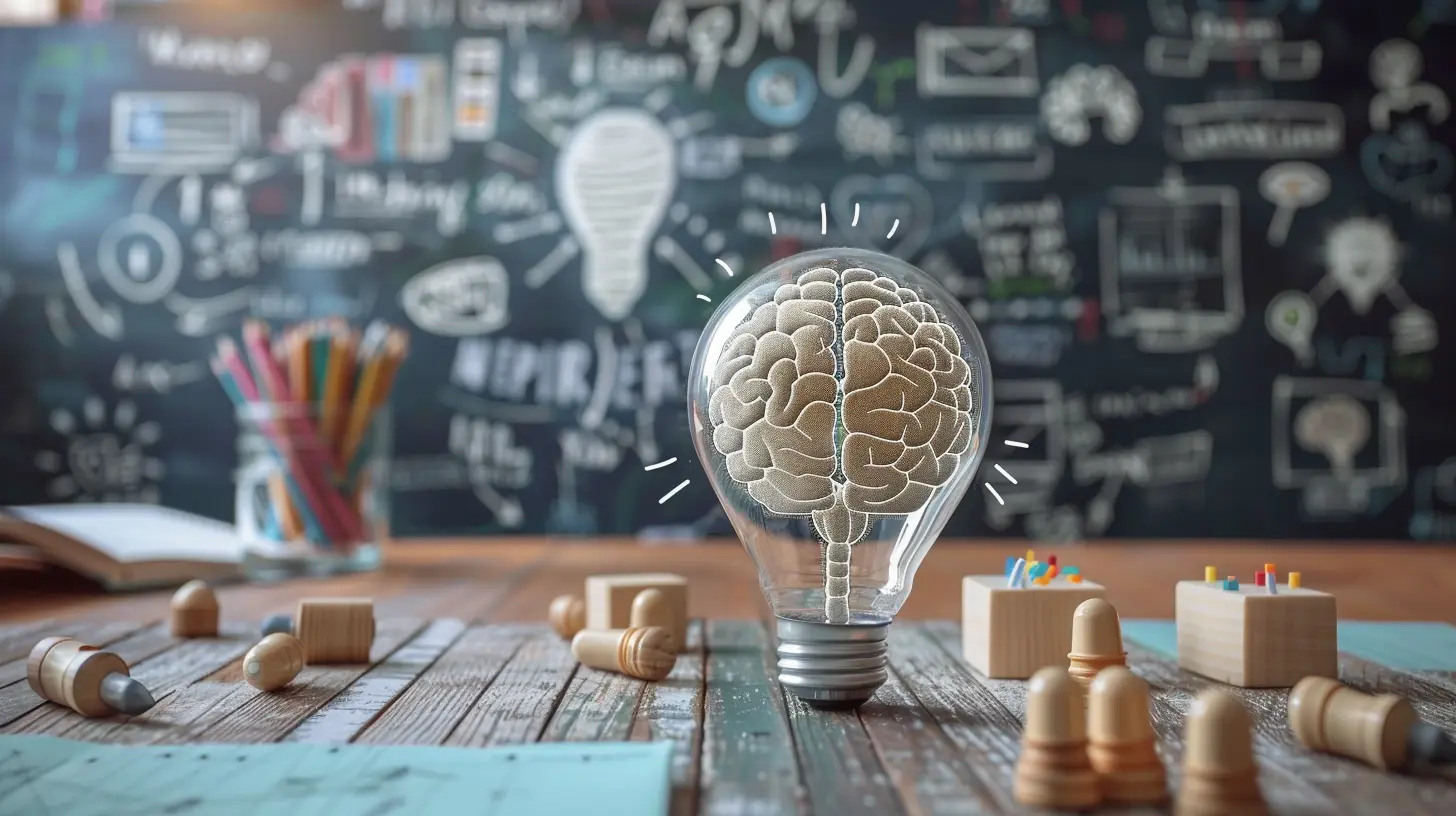
Step-by-Step Guide: How to Use Mind Mapping for Language Vocabulary
Let’s break it down into bite-sized steps so you can start mind mapping like a pro.Step 1: Choose a Central Word or Topic
Start with a theme or topic in the center of your page. This could be something general like “Food,” or something specific like “Fruits.”Write the word in the center of your page and draw a circle around it. This is going to be the root of your map.
💡 Pro Tip: Use color or even a little doodle to make the word stand out.
Step 2: Branch Out with Categories
From your central word, draw 4–6 main branches. These will be your category branches. For example, under the theme “Food,” you might have:- Vegetables
- Fruits
- Drinks
- Desserts
- Dairy
- Grains
Each category gives you a place to expand and add more words.
Step 3: Expand with Related Vocabulary
Now, start adding specific vocabulary items along each branch.Under "Fruits" you might branch out to:
- Apple
- Banana
- Mango
- Orange
Then you can add even more detail—how about flavors, colors, or example sentences?
For instance:
- Apple → red/green → crunchy, sweet → “I eat an apple every morning.”
Here’s where the magic really starts. You’re not just writing down words; you’re building a web of information your brain can latch onto.
Step 4: Add Synonyms, Antonyms, or Translations
If you’re learning a new language, add translations of each word in your native language. You can also include:- Synonyms: e.g., “happy” → joyful, cheerful, glad
- Antonyms: e.g., “happy” → sad, miserable, gloomy
- Usage: Place the word in a sentence or note common phrases
These deeper connections help anchor the word in your long-term memory.
Step 5: Use Colors, Images, and Symbols
Here’s where you can have fun.- Use colors to group similar words or categories
- Add tiny drawings (even if you're not an artist!) to visualize the word
- Use symbols like arrows, question marks, or smiley faces to show tone, usage, or emotion
The more personal and colorful your map is, the more your brain will want to revisit it.
Real-Life Example: Mind Mapping the Weather Vocabulary
Let’s say you’re learning weather-related vocabulary in English. Your central word in the middle would be “Weather.”Your branches could look like:
- Types of Weather → sunny, rainy, windy, snowy
- Seasons → spring, summer, autumn, winter
- Descriptions → chilly, humid, stormy, breezy
- Activities → go swimming, build a snowman, wear a raincoat
- Idioms → under the weather, storm in a teacup
Each word could branch out with a short sentence, drawing, synonym, or translation.
It turns into a full picture that’s memorable—and way more interesting than a list.
Keep It Fresh: How to Use Your Mind Maps Daily
Creating the map is just step one. The real magic happens when you use it consistently.Here’s how:
- Review your maps daily (takes just 5–10 minutes)
- Add new words as you discover them
- Use the words in conversation or writing
- Create quizzes or flashcards based on the map
- Teach someone else using your mind map (teaching = ultimate learning)
Remember, repetition is the mother of mastery. And when the repetition is fun and colorful, it becomes something you actually want to do.
Mind Mapping for Different Learning Styles
We all learn differently, right? The good news is that mind mapping taps into multiple learning styles at once:- Visual learners love the diagrams, colors, and images.
- Auditory learners can say words out loud as they create the map or use audio recordings alongside.
- Kinesthetic learners benefit from the physical act of drawing and organizing.
- Logical learners love the structure and categories.
No matter your style, mind mapping has your back.
Digital vs. Paper: Which is Better?
Good question. And honestly? It depends on you.📝 Paper Maps:
- Hands-on, tactile, and more memorable for some learners
- Increases creativity and brain-hand coordination
- Portable and doesn't require tech
💻 Digital Maps:
- Easy to edit and expand
- Shareable with friends or study groups
- Great for organizing huge vocab sets over time
Try both and see which fits you best. You can even mix the two—create a draft on paper and polish it digitally.
Staying Motivated: Make It a Game
Let’s face it—language learning can feel like a marathon. But mind mapping keeps it playful.Here are a few ways to gamify your vocab studies:
- Set a word goal each week and map them
- Challenge a friend to a "who-can-build-a-bigger-map" contest
- Turn your maps into quizzes or crosswords
- Create a “Vocabulary Wall” full of mind maps in your room
When you gamify the process, you stop dreading it—and start looking forward to your study sessions.
Final Thoughts: Mind Mapping as a Life-Long Language Tool
Learning a new language is like planting a garden. Each word is a seed. And mind mapping? That’s your watering can, sunlight, and fertilizer—all in one.It turns scattered vocabulary into a living, breathing, organized landscape. A place where words make sense, stick around, and even grow leaves of their own with new meanings, phrases, and uses.
Use mind mapping not just as a study strategy, but as your secret weapon. Whether you're prepping for an exam, trying to impress in a language exchange, or just learning for fun—it works.
So grab a pen. Open up that blank page. And start mapping your way to fluency, one word at a time.
all images in this post were generated using AI tools
Category:
Language LearningAuthor:

Madeleine Newton
Discussion
rate this article
1 comments
Melody Willis
Mind mapping creatively connects ideas, enhancing vocabulary retention and understanding—an invaluable tool for language learners.
August 24, 2025 at 2:53 AM

Madeleine Newton
Thank you for your insightful comment! Mind mapping truly is a powerful technique for fostering creativity and improving vocabulary retention in language learning.
